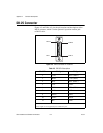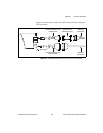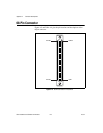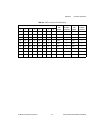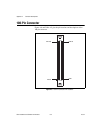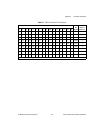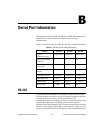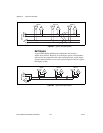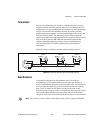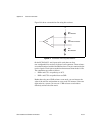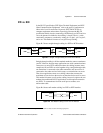
Appendix B Serial Port Information
© National Instruments Corporation B-3 Serial Hardware and Software for Windows
Serial Communication Issues
This section explains some serial communication issues, including duplex
architectures, termination methods, bias resistors, and types of connecting
equipment.
Duplex Architectures
Duplex refers to the means of bandwidth usage in a serial system. The two
common means of bi-directional serial communication are full duplex and
half duplex. Half-duplex communication involves a transmitter and a
receiver connected to each end of the same wire or pair of wires. Because
the same transmission line both sends and receives data, devices cannot
send data in both directions at the same time. First, one device transmits
over the wire(s) to the receiver of the second device. When the first device
finishes transmitting, both devices switch the connections from their
transmitter to their receiver, or vice versa. The device that was receiving
data can then transmit over the line.
In full-duplex communication, the devices use a separate wire (or pair of
wires) for simultaneous transmission in each direction. Thus, the devices
do not switch between transmitting and receiving.
In a differential serial bus (such as RS-422 or RS-485), a half-duplex
system transmits and receives over the same twisted pair of wires.
Thus, half-duplex communication is often referred to as two-wire
communications. Likewise, full-duplex communication is often referred
to as four-wire communications, because the full-duplex system uses a
separate pair of wires for communication in each direction.
Full Duplex
A typical full-duplex multidrop bus architecture involves a master-slave
protocol. Only one device, the master, can control access to the bus. All
other devices areslaves. Slave devices must wait forthe master togivethem
access to the bus. In a typical full-duplex system, one transmission line
connects the bus master transmitter to all of the slave receivers. A second
transmission line connects all of the slave transmitters to the bus master
receiver. Because each transmission line has two separate wires, a
full-duplex system is often referred to as a four-wire system. Figure B-1
shows a typical full-duplex system.



